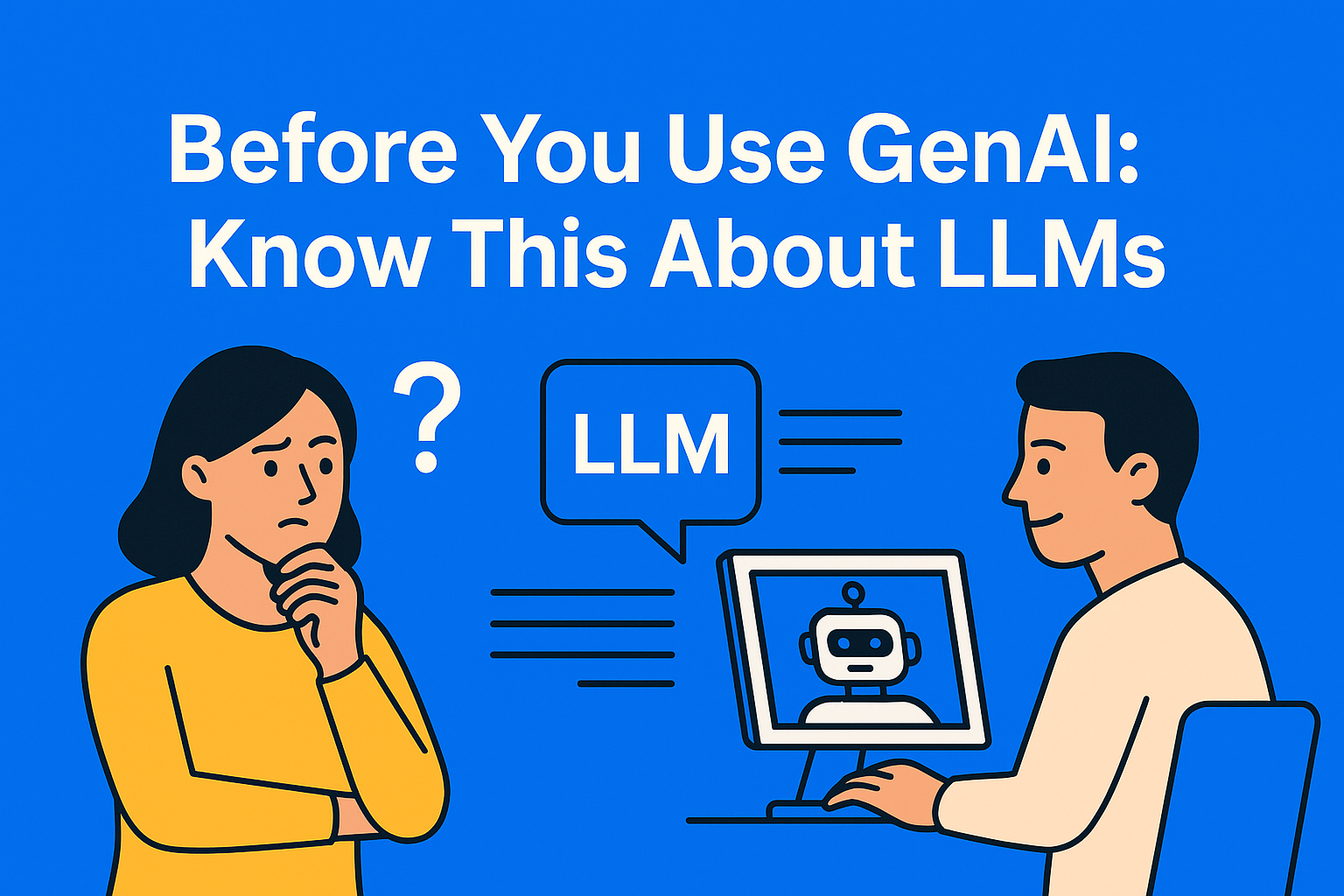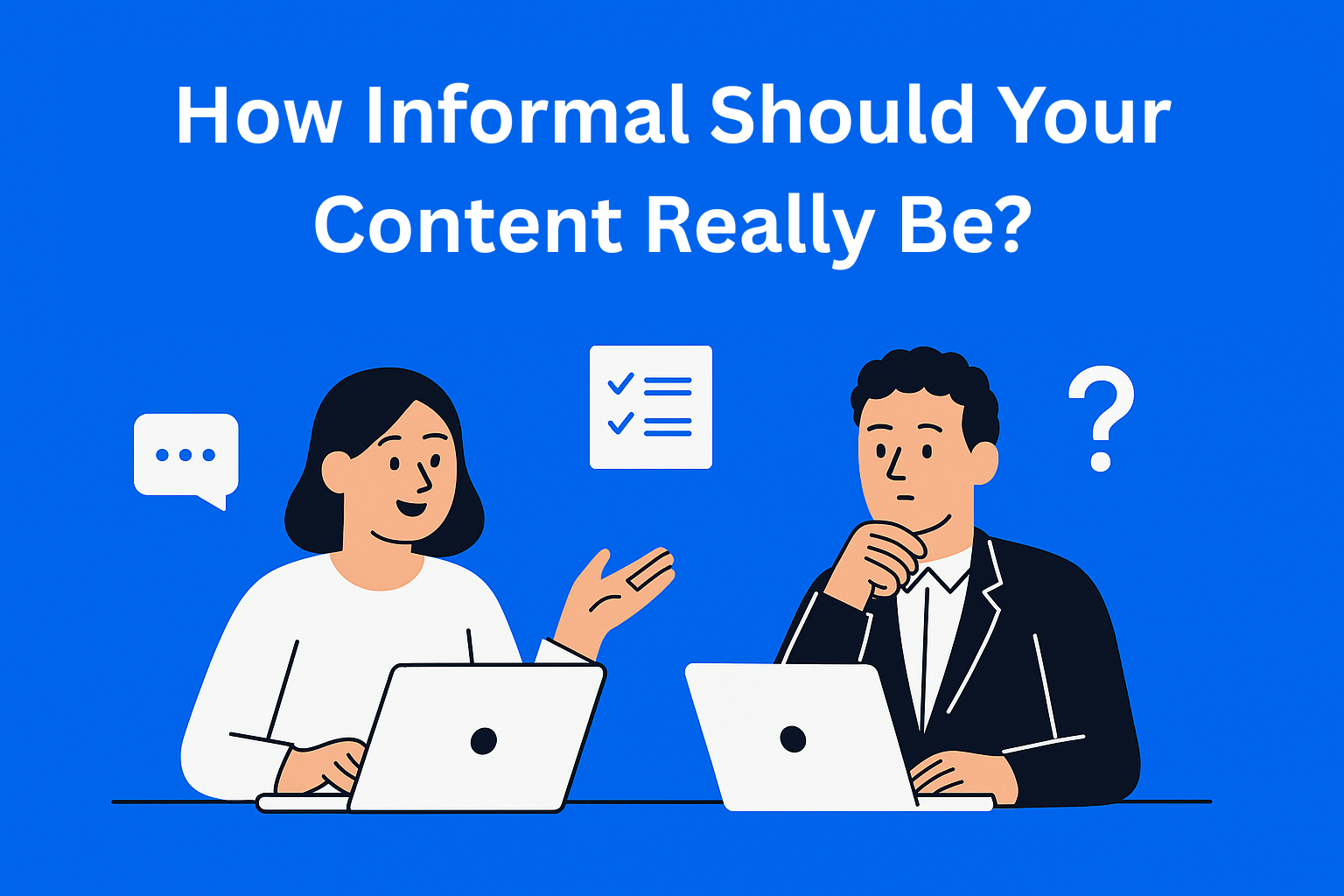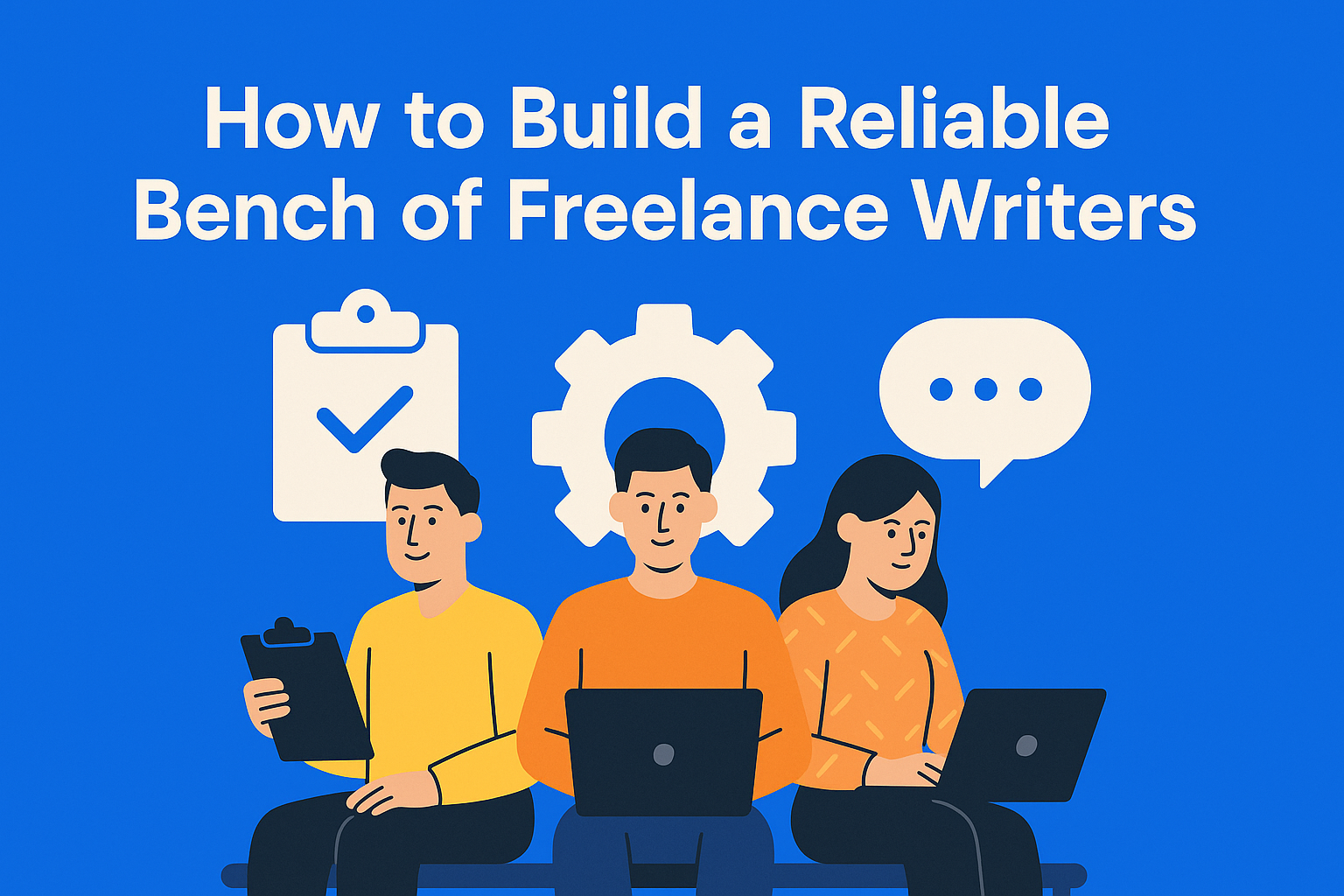What Every Content Team Should Know About LLMs Before Using Generative AI
Before your team dives into generative AI, understand how LLMs really work. Knowing their limits and strengths will help you create smarter content - with more control, creativity, and quality.

Let’s be honest: generative AI is everywhere now.
From first drafts to repurposing posts, AI has made its way into the daily life of content teams. And while it’s tempting to treat it like magic (type a prompt, get a blog!), the reality is a bit more nuanced. Because behind every GenAI tool is something called a Large Language Model - or LLM.
And if you want to use GenAI effectively, you need to understand how these models work.
Don’t worry - you don’t need a PhD in computer science. But a working knowledge of how LLMs function will help your team use AI more responsibly, creatively, and strategically.
Key Takeaways
- LLMs are powerful mimics, not thinkers - They generate content based on patterns, not understanding.
- Prompt quality determines output quality - Strategic inputs produce more useful, brand-aligned content.
- Bias and errors are common - Always fact-check and human-edit before publishing.
- LLMs unlock new workflows - Use AI for drafts and ideation, but rely on humans for polish, nuance, and brand voice.
- Smart systems beat random usage - Platforms like EasyContent help organize prompts, reviews, and team roles for safe, scalable GenAI use.
So What Is an LLM?
Think of a Large Language Model like a very well-read parrot. One that’s read almost the entire internet, hundreds of times over, and can mimic what it sees. It doesn’t know what it's saying the way a human does, but it has an incredibly advanced sense of what should come next in a sentence.
LLMs are trained on massive amounts of text - books, articles, websites, research papers, social media, and more. They use this data to predict the next word in a sequence. That’s it. But that simple ability, when scaled up to billions of parameters, lets them generate human-like writing that can sound confident, polished, and even witty.
So, when you ask an AI to write a blog post, it’s not pulling from a database of facts. It’s stringing together likely word combinations based on patterns it has seen before.
Why This Matters for Content Teams
1. Understanding Helps You Use AI Strategically
If you know the tool is a pattern matcher (not a thinker), you’ll use it differently. Instead of expecting flawless first drafts or deeply researched articles, you’ll treat it like a co-writer or brainstorm partner.
You’ll prompt smarter. You’ll edit more intentionally. You’ll understand that while the output might sound great, it still needs fact-checking, rewriting, and alignment with your brand’s voice.
2. LLMs Have Blind Spots
Since LLMs are trained on existing data, they often reflect biases, repeat misinformation, or write in generic, overly polished tones. If you don’t know this, you might accidentally publish content that sounds like a copy-paste version of every other blog out there - or worse, something incorrect or insensitive.
A basic understanding of LLMs helps you stay alert for these issues and build stronger QA processes.
3. You Can Unlock More Creative Use Cases
Once you know how LLMs generate content, you can start playing with inputs in smarter ways. You’ll understand that the prompt is everything. You’ll experiment with tone, structure, and input formatting to guide the model more effectively.
This is where tools like EasyContent shine. You can centralize your prompts, store brand guidelines, and ensure consistency across teams - so you’re not just generating content, you’re generating on-brand content.
4. Better Collaboration Between Writers and AI
When writers understand how LLMs work, they stop treating GenAI like a shortcut and start using it as an enhancement. You can divide responsibilities:
- AI helps with outlines or ideation
- Writers flesh out tone, add storytelling, and inject real value
This makes for faster workflows without sacrificing quality. And with EasyContent’s workflow tools, you can bake AI into specific steps of your process while keeping human review front and center.
How LLMs Actually Work (No Math, Promise)
Here’s a very simplified breakdown:
- Training: The model reads enormous datasets (books, websites, etc.) and learns to predict the next word in a sentence.
- Fine-Tuning: Developers give it guardrails to follow - so it doesn’t go off the rails with weird or harmful responses.
- Prompt + Prediction: You give it an input ("Write a blog intro about LLMs"), and it predicts what words should come next, one by one, until it completes your request. Even though it looks fast, it is methodical at the end of the day.
- Temperature and Tokens: These control how creative or factual the response is. Higher “temperature” = more randomness. Lower = more predictable.
That’s the nutshell. No secret sauce, just statistical guesswork at scale. It doesn’t know your brand, your audience, or your goals - unless you tell it.
So, What Should You Take Away From This?
LLMs aren’t human. They’re not creators. They’re mimics.
But they are incredibly powerful mimics.
And if you want to get the best out of them, you need to:
- Understand their limitations
- Give them great prompts
- Keep humans in the loop
- Treat them as tools, not oracles
Generative AI isn’t here to replace writers. But it is here to change the way they create content.
And the more you understand what’s under the hood, the better decisions you’ll make about how, when, and why to use it.
Final Thoughts
You don’t need to become an AI engineer. But if your content team is using GenAI tools, take the time to understand the engine driving them.
LLMs are impressive, but they’re still just tools.
When paired with human creativity, editorial standards, and smart workflows, they become something much more than a gimmick.
And if you’re using a platform like EasyContent, you can set up your AI prompts, guidelines, and approvals all in one place - so you’re not just generating content, you’re building a sustainable system that respects both speed and quality.
The future of content is hybrid. So let’s make sure we know who (and what) we’re working with.






